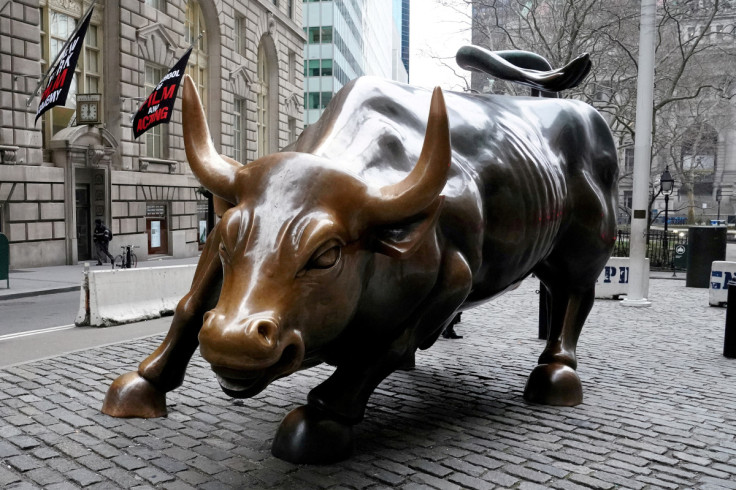Why Traders And Investors Keep On Misreading And Fighting The Fed?
Investors keep on misreading and fighting the Fed these days, going against an old Wall Street Adage.
The nation's central bank says one thing, and markets hear another. For instance, several Fed officials, including the Fed chair, have repeatedly said that they will continue to hike interest rates in 2023, with no rate cut in the offing.
Yet bullish traders and investors do not believe the Fed's narrative. Instead, they have come up with their narrative, discussing a rate cut in the second half. As a result, they have been racing to buy shares of risky stocks, fueling a historical rally on Wall Street from nowhere.
Thus far, this disconnect between the Fed and the markets has been paying off for bullish investors who got in the market early. But they may suffer significant losses if the Fed sticks to what it says and keeps hiking rather than cutting interest rates for the rest of 2023.
Why do traders and investors keep on misreading and fighting the Fed? Behavioral economists and financial experts explain it: selective perception.
Investment decisions begin with perception, "the way we organize and interpret sensory impressions and give meaning to the environment," as philosopher David Hume put it.
The problem with this decision-making process, which is based on emotions rather than intelligence, is that it can be selective. Some traders and investors arbitrarily select, interpret and attend to information in their environment based on their existing beliefs, attitudes, expectations, and needs. As a result, these investors tend to focus on information that confirms their preexisting views and opinions while disregarding or selectively filtering out information that contradicts their current beliefs. Thus, selective perception can influence investors' interpretation of events, leading to a biased view of reality.
Selective perception leads to several errors and biases, like the Halo Effect, which occurs when a general impression is based on a single characteristic of the investment environment.
The problem with selective perception in investment decisions is pronounced when it comes to the news coming out of the Federal Reserve regarding the direction of the monetary policy for the rest of 2023.
Fed officials, including Fed Chair Jerome Powell, keep talking about either raising rates for the rest of 2023 or holding them steady. Yet bullish traders and investors hear what they want to hear like the Fed will cut interest rates.
"Some commentators are speculating that the Fed may be done with rate hikes after the one announced today," Robert Johnson, Professor, Heider College of Business, Creighton University, told International Business Times following the recent FOMC meeting. "I don't think they are done, but don't listen to me. Listen to the market."
The difference between the two sides can be attributed to sharply different expectations on how quickly inflation is easing after reaching multi-year highs late last year.
Bullish traders and investors expect inflation to ease at a fast pace, while the Fed expects inflation to come down at a slower pace.
The different perceptions about the direction of inflation could be attributed to the Halo Effect. Bullish traders and investors base their inflation expectations on one component of the Consumer Price Index (CPI), the housing cost. Therefore, they expected it to drop significantly, following the decline in home prices, driving inflation lower.
Meanwhile, the nation's central bank looks at other CPI components that may mitigate the favorable effect of lower housing costs. In addition, it has been focusing on the red-hot labor market, which could eventually push wages higher, fueling a wage-price spiral.
"Services excluding housing have seen little sustained disinflation yet," observed Matt Colyar, Moody's Analytics Economist, following the FOMC's recent meeting. As a result, "this takes a pause at March's meeting off the table. Moreover, the disinflation has come without meaningfully damaging the still-strong U.S. labor market."

© Copyright IBTimes 2024. All rights reserved.




















